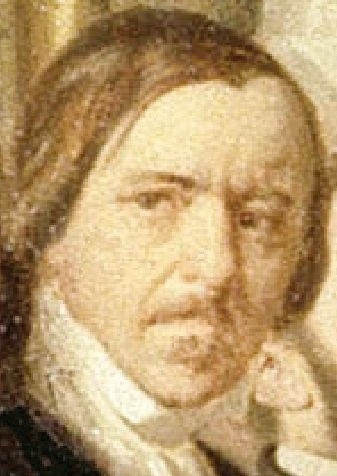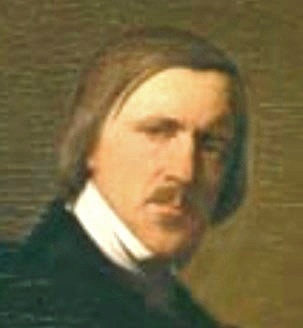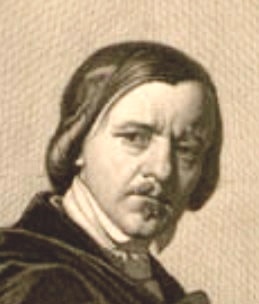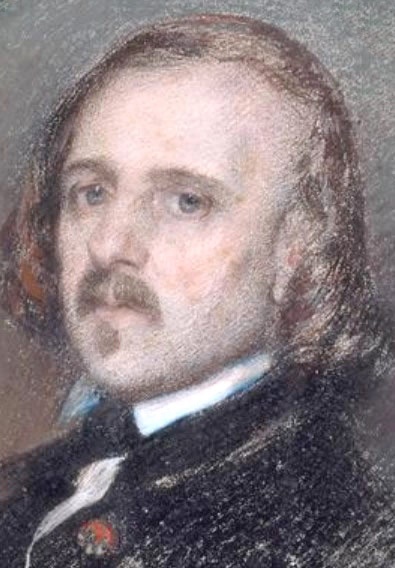Jean Jacques (James) Pradier (1790-1852), sculptor
1st image: Soirée; 2nd: painting by Guignet (1840s); 3rd: drawing by Massan (1840s); 4th: painting by Gigoux (1850s).
Swiss-born sculptor James Pradier was renowned for his monumental, life-size marble and bronze sculptures, celebrated for their realism and striking presence. Count de Nieuwerkerke16, one of his students, likely facilitated Pradier’s invitation to one or more vendredi-soirées. A bon-vivant and bohemian, Pradier was a sought-after guest at Parisian social gatherings.
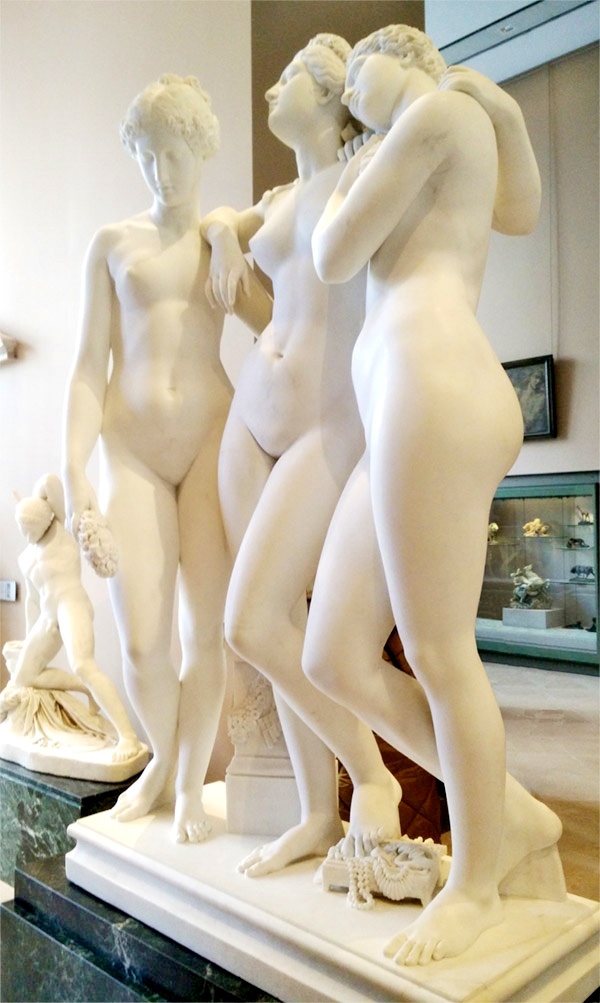
Inspired by Louvre director Vivant Denon, Pradier traveled to Paris in 1807 to study at the École des Beaux-Arts, where he trained under Ingres39.
In 1813, Pradier the won the prestigious Prix de Rome in 1813, allowing him to spend the next four years in Rome. He rose to prominence as one of the most popular sculptors of the Second Empire.
His mythological statues —such as Sapho, Phryne, and Three Graces— radiate an undeniable sensuality, seducing viewers to reach out and feel the flawless polished marble beneath their fingers.
His works adorn prestigious locations, including the Arc de Triomphe, the Dome des Invalides, and museums such as the Louvre, Musée d’Orsay, and collections in Lyon, Lille, and Quimper.
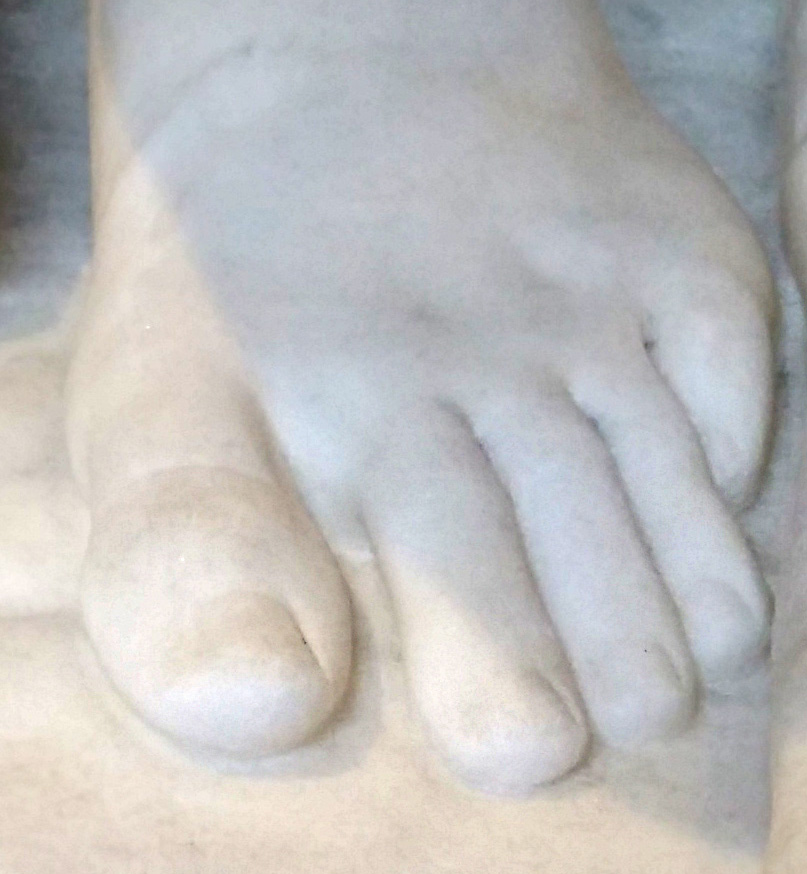
(1834) Greek foot
Pradier’s atelier, which he shared with his strikingly beautiful mistress Juliette Drouet, became a vibrant hub for the Parisian art scene.
His studio was frequented by many elite figures depicted in Soirée au Louvre, such as Delacroix10, de Mercey22, Scheffer41, and de Musset73, as well as by writers Flaubert and Gautier.
It is noteworthy that Pradier's female nudes often share a longer second toe ("Greek foot", a variation only seen in 10% to 20% of the population), which likely matched Juliette's feet.
On January 2, 1833, Juliette met, and became the mistress and lifelong friend of Pradier’s friend, Victor Hugo, whose novel Les Misérables was inspired in part by her harrowing youth. Juliette and Hugo first slept together that year on Mardi Gras, February 16. This is also the date that characters Marius and Cosette from Les Miserables were married.
It was at Pradier’s atelier in the early 1840s that Léonie Biard, the young wife of the future painter of Soirée au Louvre, met Victor Hugo and fell in love with him. When Biard discovered their affair and caught Léonie in bed with Hugo, it ended their relationship. Also Léonie Biard's youth became immortalised in Hugo's Les Miserables, likely as the character Cosette.
Pradier’s second mistress, Louise Darcet, also stirred scandal in Parisian society. She was romantically involved with several notable figures, including Dumas and Flaubert. The latter drew from her personal accounts to shape his novel Madame Bovary.
Besides innumerable nudes, Pradier created scultures and busts of individuals depicted in Une Soirée, such as of composer Auber56 (1847), and civil court president de Belleyme66a (1848).
James Pradier died of a stroke in June 1852. He is one of three individuals that were included posthumously in this painting. Pradier was posthumously decorated by de Nieuwerkerke16 a month after his death: "The medal of honor was awarded for his last work; for although the man died in the full strength of his talent, the name he knew how to make glorious will never be forgotten."
Given his early death, and the fact that Biard probably blamed this bohemian for introducing Léonie to Hugo, it is unlikely Biard had Pradier pose in person. Instead, the artist likely based his depiction on Massan’s 1840s drawing.
For more details, see Douglas Siler’s James Pradier website and this YouTube video.